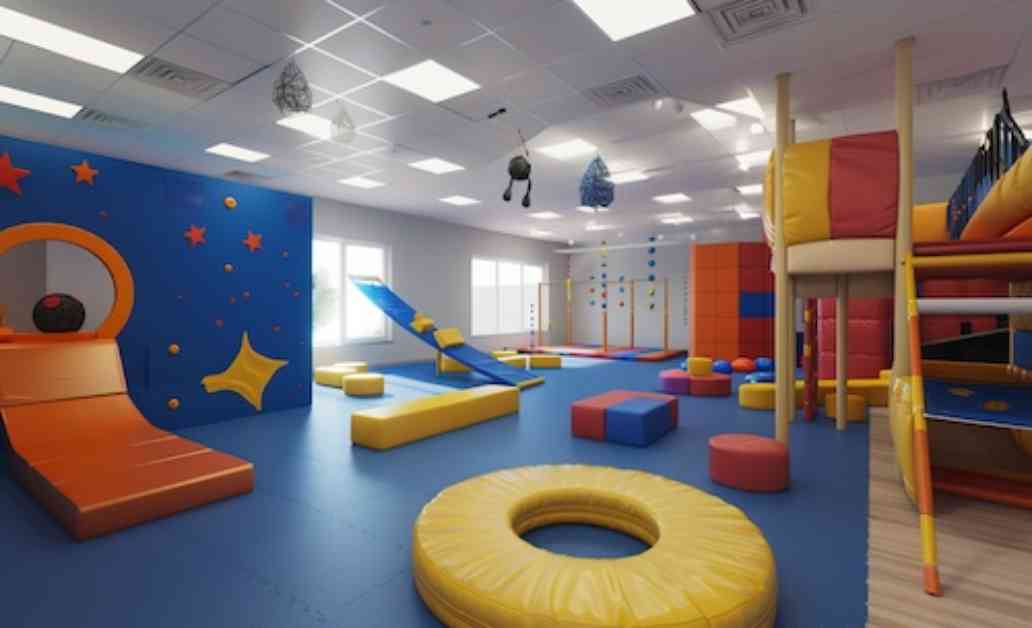As a former principal, I experienced firsthand the positive impact of creating sensory spaces in schools. These spaces provide a safe and calming environment for students to regulate their emotions and advocate for their needs. One particular student stands out in my memory, as he struggled with restlessness and anxiety around reading. By allowing him to read in the sensory space on a stationary bike, his reading skills improved, and his confidence soared. This success story is just one example of how sensory spaces can benefit all students, not just those with neurodiverse needs.
In recent years, there has been a growing recognition of the importance of social-emotional learning in schools. Sensory spaces play a crucial role in supporting students’ emotional well-being and helping them develop self-resilience. These spaces are not just for neurodiverse students; they can benefit all students by providing a place to self-regulate and recharge when needed. Schools should aim to have multiple sensory spaces to meet the varying needs of their students.
Creating sensory spaces in schools can seem overwhelming, but it is essential to involve all stakeholders in the planning process. Setting clear goals for the spaces and consulting with a diverse group of educators, students, and parents can help ensure that the spaces meet the needs of the entire school community. Teachers should also be provided with professional development to understand how to use and adapt the sensory spaces to support students effectively.
In addition to supporting students’ emotional well-being, sensory spaces also help students learn how to advocate for themselves and recognize their own needs. By providing a safe and supportive environment, schools can empower students to take control of their emotions and academic success. Ultimately, happy and emotionally balanced students are more likely to succeed academically, creating a positive cycle of success in schools.
So, as schools continue to prioritize social-emotional learning and student well-being, sensory spaces will become an essential tool in creating a supportive and inclusive learning environment for all students. By recognizing the value of sensory spaces and implementing best practices for planning and creating these spaces, schools can ensure that every student has the opportunity to thrive both academically and emotionally.






